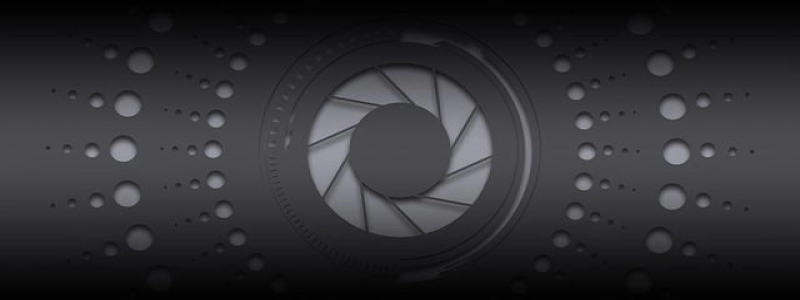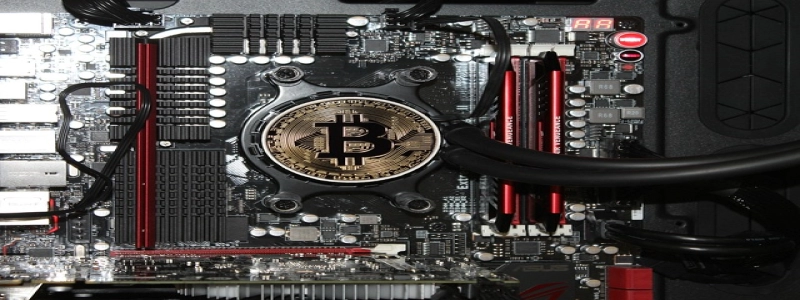RS232 to Ethernet: A Guide to Serial to Ethernet Conversion
Introduction:
In this digital era, the need for efficient communication between different devices is paramount. One of the most commonly used communication interfaces is RS232, also known as a serial port. Cependant, with the rise of Ethernet as the standard for networking, there is a requirement to bridge the gap between RS232 and Ethernet. This article aims to provide a comprehensive guide on RS232 to Ethernet conversion, exploring the various aspects, applications, and benefits of this technology.
je. Understanding RS232 and Ethernet:
1. RS232:
– Définition: RS232 is a standard interface for serial communication between computer systems and peripheral devices.
– Caractéristiques: It uses a 9 or 25-pin connector and supports point-to-point communication between two devices.
– Limites: RS232 is designed for short-distance communication and lacks network capabilities.
2. Ethernet:
– Définition: Ethernet is a standard protocol for connecting multiple computers and devices in a local area network (réseau local).
– Caractéristiques: It uses copper or fiber optic cables and supports high-speed, reliable, and long-distance communication.
– Avantages: Ethernet allows for the creation of larger networks, facilitates data sharing, and enables internet access.
II. RS232 to Ethernet Conversion:
1. Hardware Solutions:
– Serial to Ethernet Converter: This device bridges the communication gap between RS232 and Ethernet by converting RS232 signals into Ethernet packets. It usually connects to the RS232 device via a serial port and is connected to the Ethernet network through an RJ45 connector.
– Serial Device Server: A serial device server allows RS232 devices to be accessed over an Ethernet network. It acts as a communication gateway, enabling remote device control and monitoring.
2. Software Solutions:
– Virtual COM Port Drivers: Virtual COM port drivers are software applications that create a virtual COM port on a computer, connecting RS232 devices to the Ethernet network.
III. Applications of RS232 to Ethernet Conversion:
1. L'automatisation industrielle: RS232 to Ethernet conversion enables the integration and control of RS232-based industrial devices into Ethernet-based automation systems. This allows for centralized monitoring, control, and data collection.
2. Remote Device Access: With RS232 to Ethernet conversion, devices can be accessed and controlled remotely over the internet, facilitating remote troubleshooting and maintenance.
3. Legacy Equipment Connectivity: This technology breathes new life into legacy RS232 devices, allowing them to be integrated into modern Ethernet networks without the need for complex hardware upgrades or replacements.
IV. Benefits of RS232 to Ethernet Conversion:
1. Évolutivité: Ethernet networks can accommodate a larger number of devices compared to RS232, allowing for future scalability and expansion.
2. La flexibilité: RS232 to Ethernet conversion provides increased flexibility in terms of device location and accessibility, as Ethernet networks can span larger distances.
3. Cost-Effective: Instead of replacing existing RS232 devices, converting them to Ethernet connectivity can save costs while still allowing for integration into modern networks.
Conclusion:
The conversion of RS232 to Ethernet brings numerous advantages, expanding the functionality and accessibility of RS232 devices in today’s interconnected world. By utilizing hardware or software solutions, users can seamlessly integrate their RS232 devices into Ethernet networks, unlocking the benefits of scalability, la flexibilité, and cost-effectiveness. Whether in industrial automation, remote device access, or legacy equipment connectivity, RS232 to Ethernet conversion acts as a bridge, enabling efficient communication between devices of different technologies.








